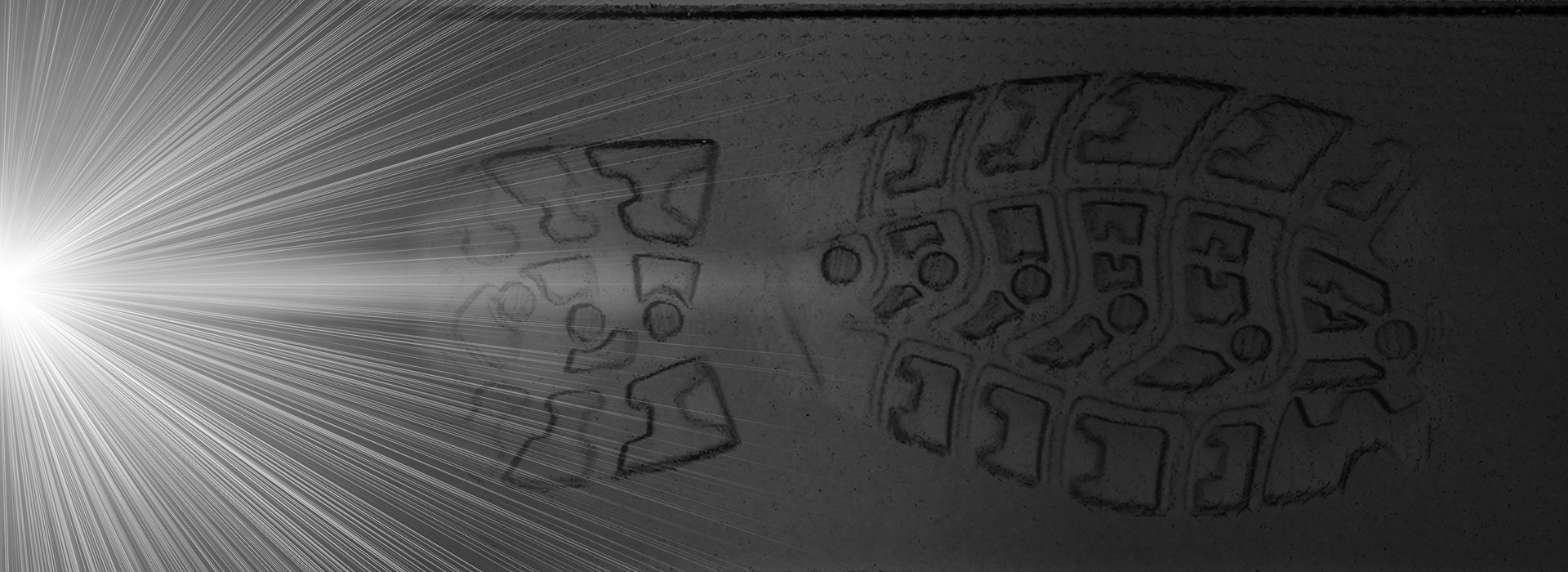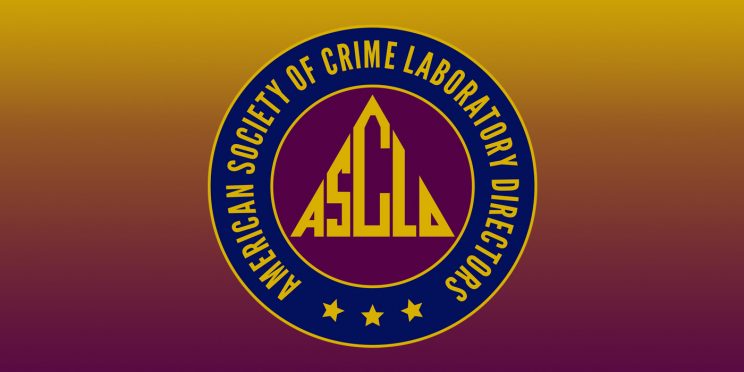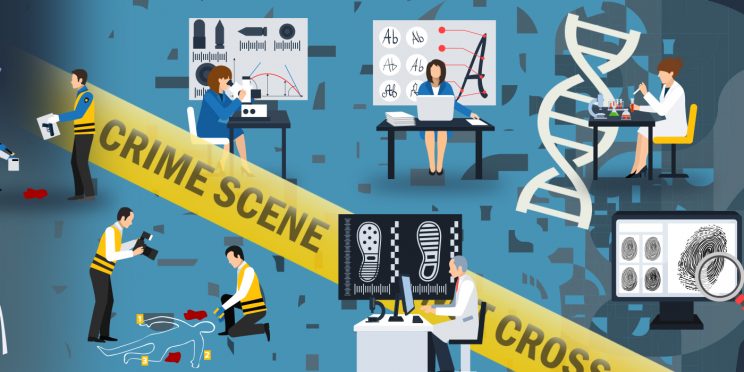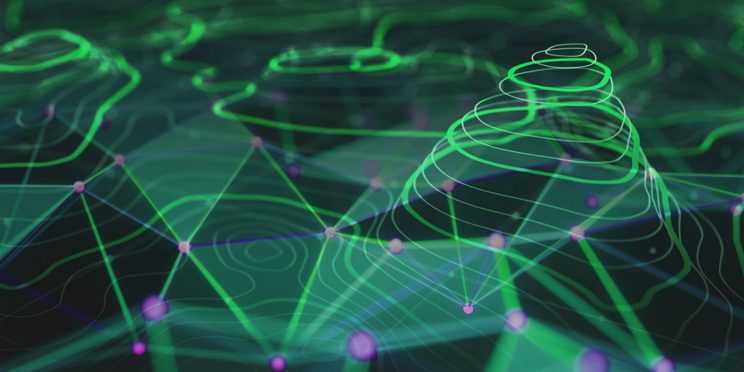Date
September 2022
Overview
Supported by two National Institute of Justice (NIJ) awards (2016-DN-BX-0189 and 2019-R2-CX-0069), Dr. Song Zhang and his research team at Purdue University led the development of a fully automated 3D imaging system for footwear and tire tread impressions. In comparison to current casting techniques, the fully automated prototype “demonstrates its superiority because it (1) is non-destructive; (2) collects more evidence detail than casts, especially when an impression is fragile; (3) requires less time and money to collect each piece of evidence; and (4) results in a digital file that can easily be shared with other examiners.”1
The NIJ’s Forensic Technology Center of Excellence (FTCOE) evaluated this prototype 3D imaging system’s performance in a real-world setting with the assistance of footwear and tire examiners at three U.S. crime laboratories. The examiners were asked to provide their assessment on whether (1) the scanner was field ready, (2) the virtual impressions reproduced the footwear/tire evidence impressions accurately and precisely, (3) the 3D technology fits into examination processes and laboratory capabilities, and (4) they would purchase this technology in its current form.
1: Yi-Hong Liao, Jae-Sang Hyun, Michael Feller, Tyler Bell, Ian Bortins, James Wolfe, David Baldwin, Song Zhang. (2020). Portable high-resolution automated 3D imaging for footwear and tire impression capture. Journal of Forensic Science, Vol. 66, No. 1.
“We strive to develop a portable, affordable and easy-to-use high-end 3D scanner for the forensics community.”
- Song Zhang, Ph.D., F. OSA, F. SPIE | Purdue University
Related Resources
- Portable Advanced 3D Imaging for Footwear and Tire Impression Capture
- Advancing 3D Imaging for Footwear and Tire Impressions
- Comparative study on 3D optical sensors for short range applications
- Portable high-resolution automated 3D imaging for footwear and tire impression capture
- Development of a Portable 3D Scanning System for Capturing Shoe and Tire Impressions
- Rapid and automatic optimal exposure control for digital fringe projection technique
- Status, challenges, and future perspectives of fringe projection profilometry
- Motion Induced Phase Error Reduction Using a Filbert Transform
Funding for this Forensic Technology Center of Excellence report was provided by the National Institute of Justice, Office of Justice Programs, U.S. Department of Justice.
The opinions, findings, and conclusions or recommendations expressed in this report are those of the author(s) and do not necessarily reflect those of the U.S. Department of Justice.
Contact us at ForensicCOE@rti.org with any questions and subscribe to our newsletter for notifications.




